by Ales Komovec
This water landscape of the flooded Planina Plain in Slovenia was taken in April 2013. I went there with a couple of photographer friends, hoping to capture some evening light on those trees. The photo looks like it was taken from the air, but it wasn't. It was captured from the hill above Planina Village, called Grmada, or simply Mt. Planina. It's a beautiful overlook and also a launch point for paragliders.
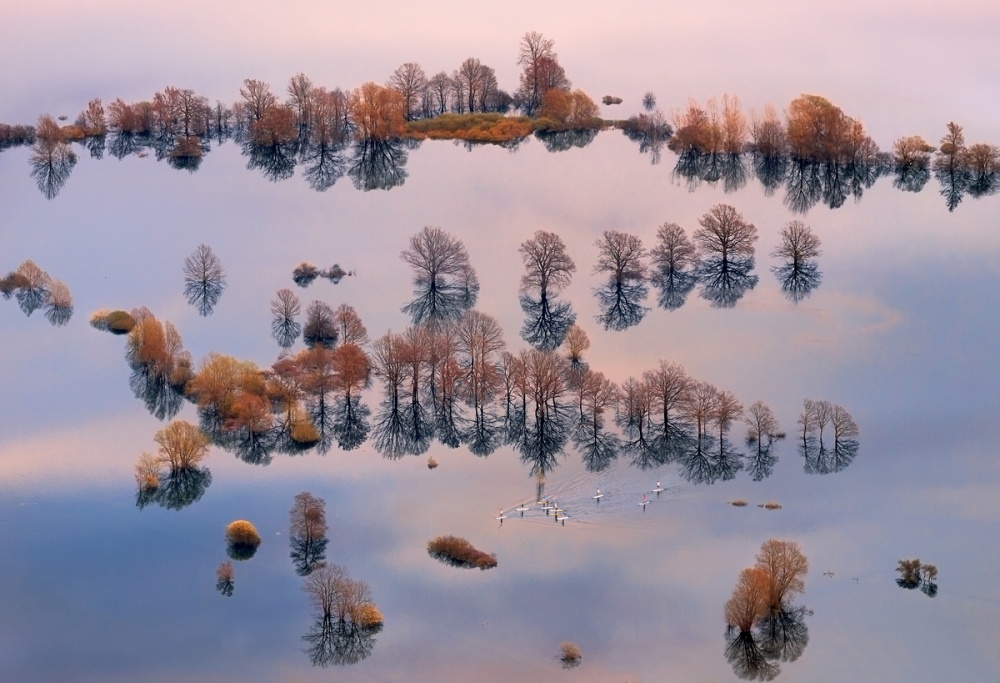
Olympus E-3 . Sigma 50-500mmf/4-6.3 . 116mm . 1/40s . f/4.9 . ISO200
We went up there in the early afternoon with the intention to capture some evening light, but on the road we became stuck in some late-season snow. As a result, we were late and did not arrive until just at the end of sunset.
"In this case, wide planks specially designed for this type of SUPing provide stability while still forcing the body to maintain balance with constant muscle activity, often with muscles that you didn't even know you had!"
Upon arrival we were very surprised to see those SUP paddlers on the lake. SUP stands for "stand up paddleboarding." It is a modern form of recreation that combines exercise with the added benefit of discovering nature. There are many variations of SUPing, from SUP on breaking waves to racing on lakes and rivers, for example. In this case, wide planks specially designed for this type of SUP provide stability while still forcing the body to maintain balance with constant muscle activity, often with muscles that you didn't even know you had! But basically, it is all about standing on a board, paddling and enjoy the view.So, in the end, it didn’t work out as badly as we had expected. With the evening colors of the sky reflecting on the water's surface and those SUP paddlers down there, we had a very beautiful evening and were able to capture some great photos. I was using an Olympus E-3 camera with a Sigma 50–500 lens, so I was able to get quite close on some shots. The distant shot was taken at a focal length of 116 mm (equivalent to a 232 mm focal length for 35mm film) and the zoomed in shot was at a focal length of 363 mm (equivalent to a 727 mm focal length for 35mm film).

Overview photo. The rectangle indicates the location of the final image.
The photos were captured in RAW format and later processed in Adobe Camera Raw (ACR), Photoshop CS and Nik Software's Viveza plugin. No filters were used. The picture is a composite of two frames: one of the SUP paddlers and one of the landscape.

Original photo of SUP paddlers

Original photo of landscape
1) The photos that do not have an instant impact on you should not be deleted. You never know what mood you’ll be in years later. This image was produced a year and a half after the two originals were captured.
2) Don’t be late: I always am.
3) On one hand, it's always good to know where you are going and what you are going to shoot. On the other hand, life is like a box of chocolates: you never know what you're gonna get.
4) I am not a professional photographer, but I always take pictures in RAW format. You can get much more out of them in post-processing than you can from compressed JPEGs.
I am 45 years old and live in Kranj, Slovenia. I love sports, especially mountain biking and snowboarding. By education I am a printing artist. In my free time I am an amateur photographer.


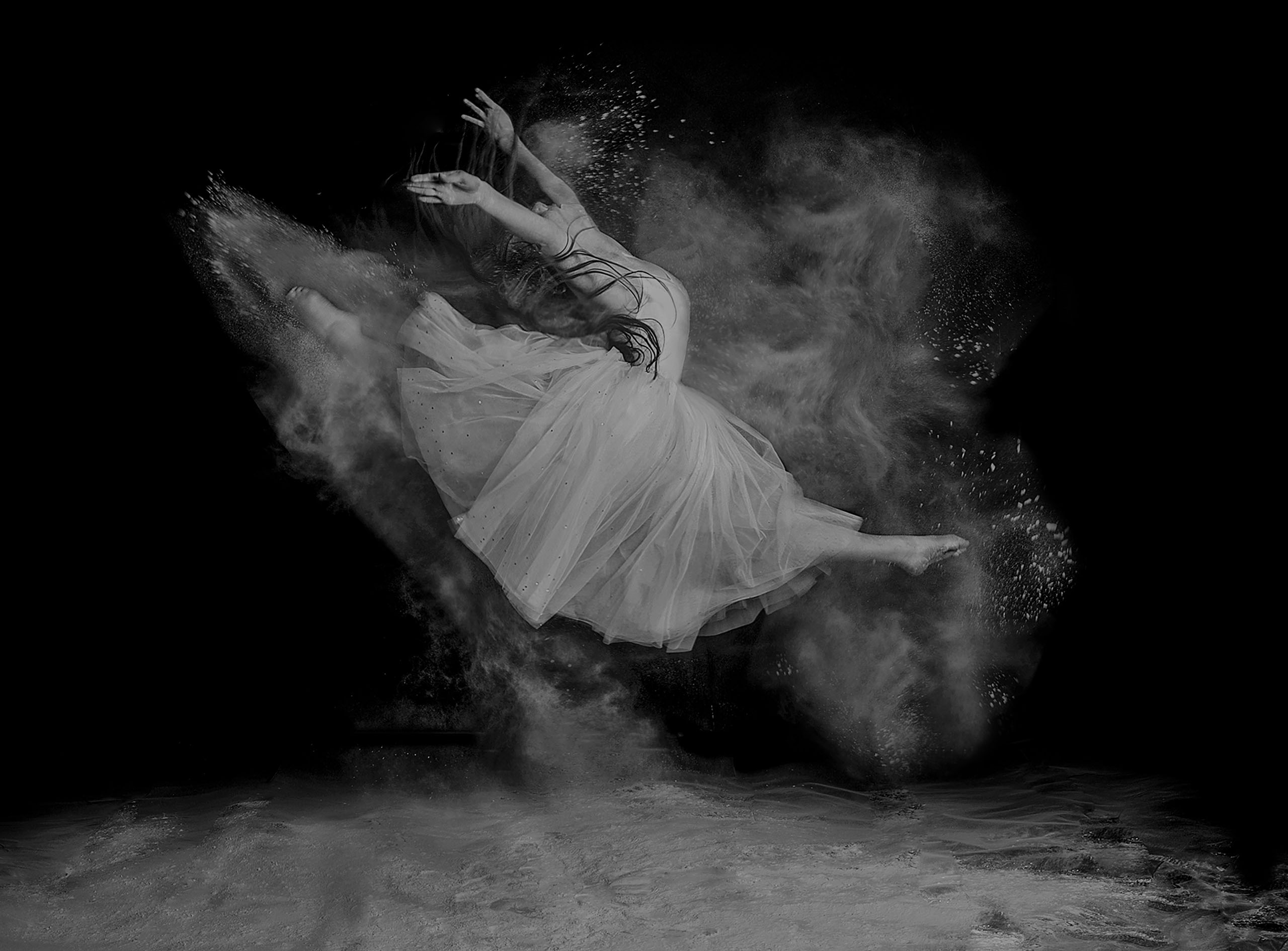
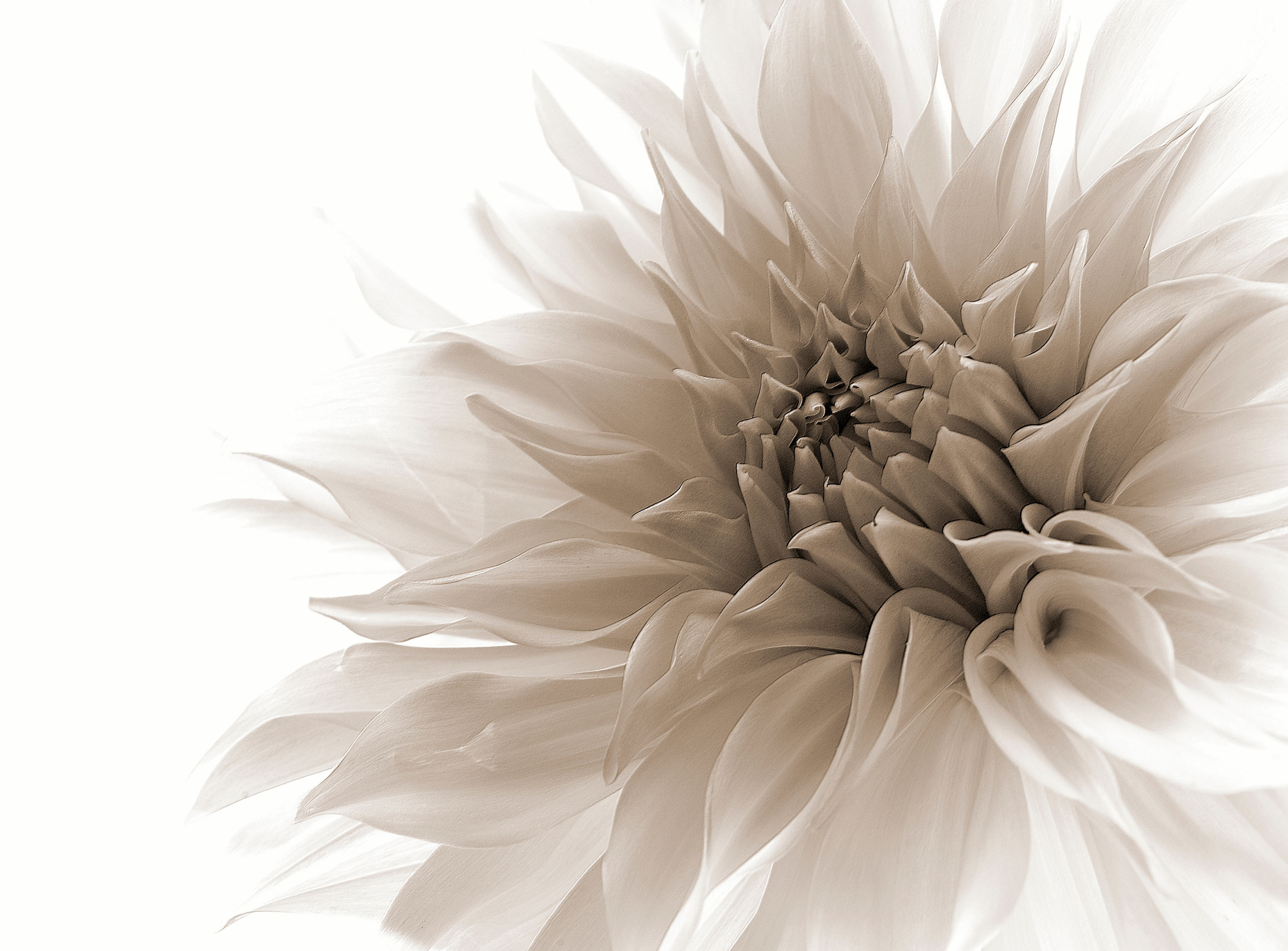
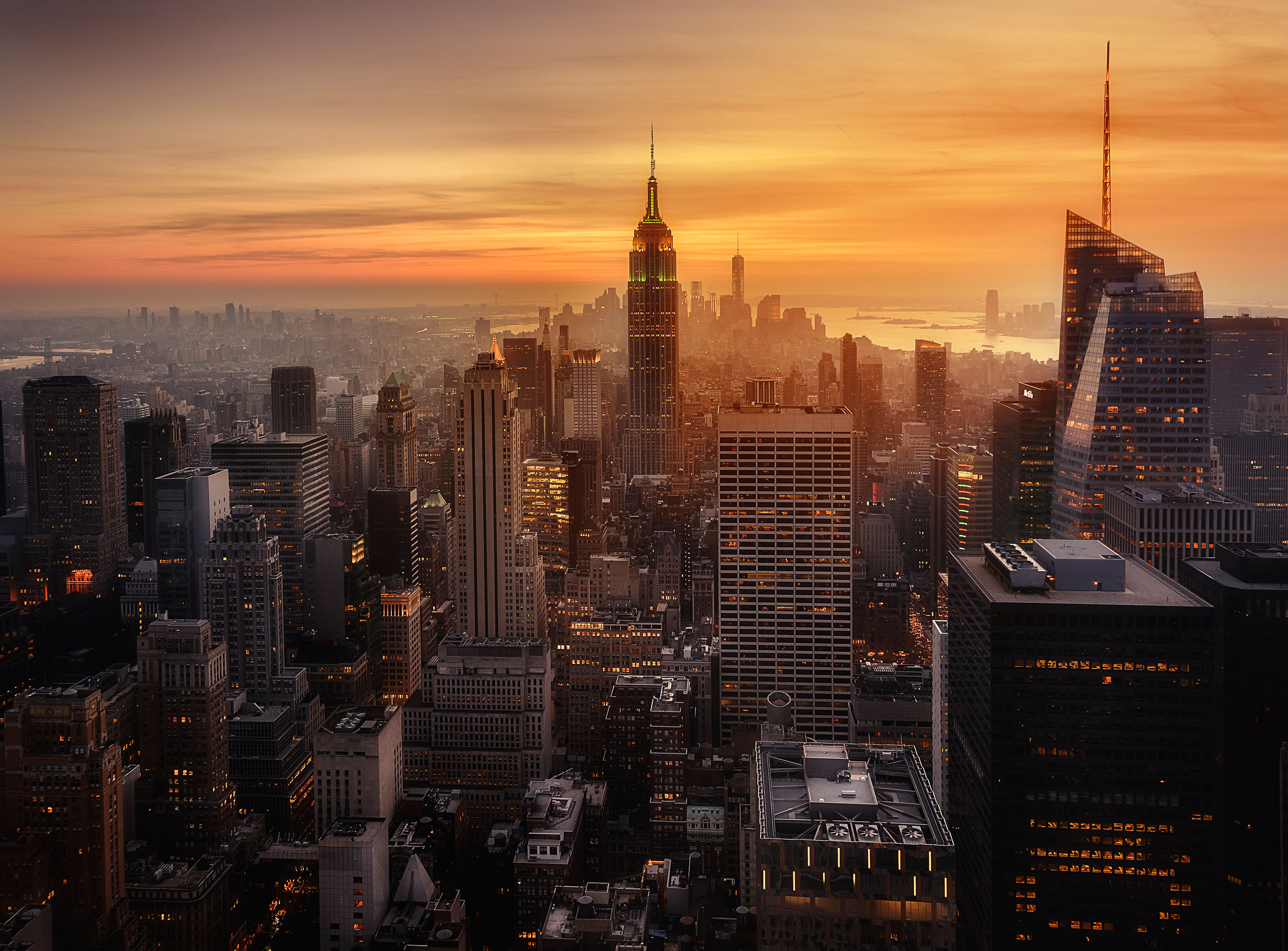
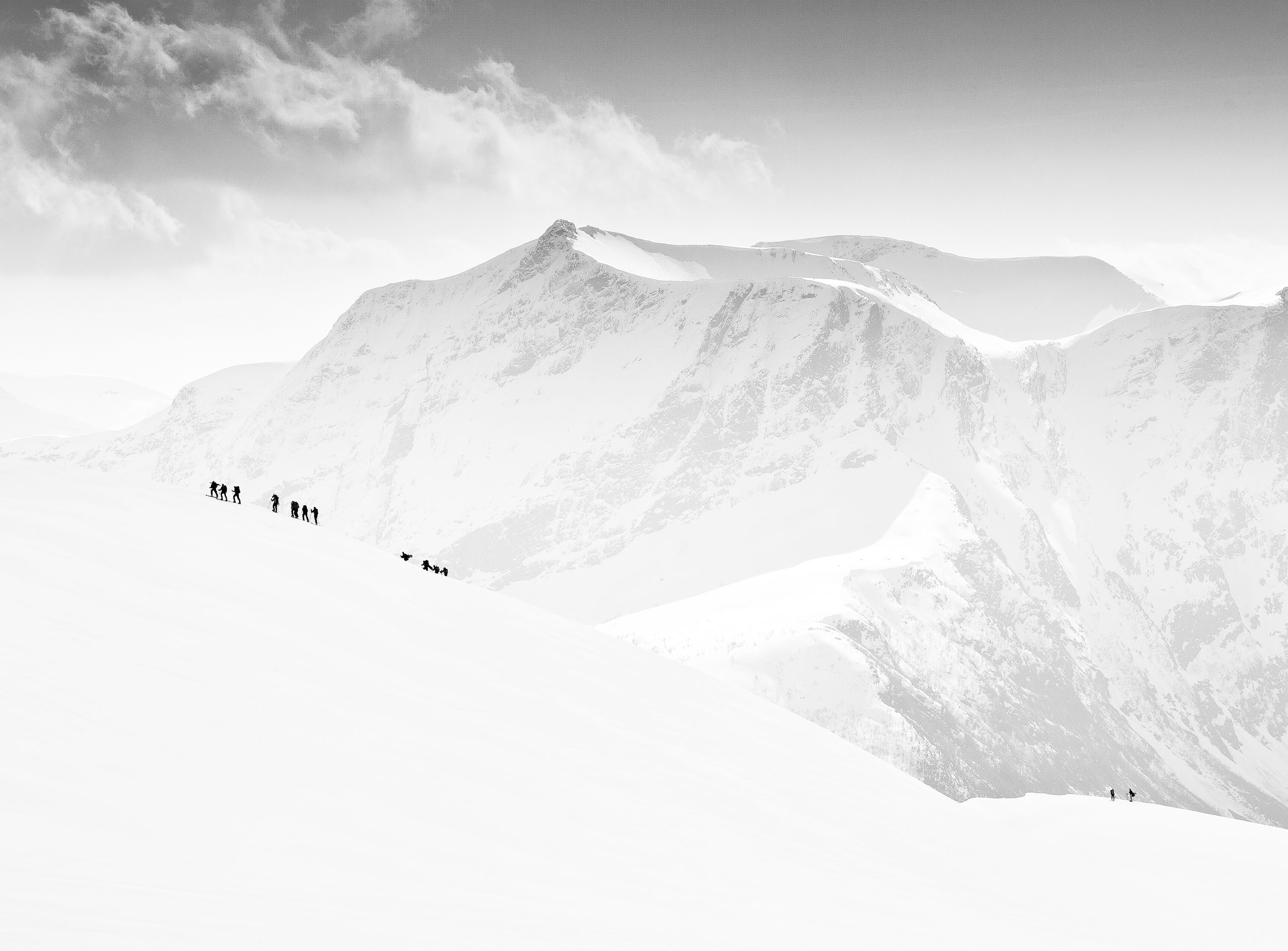


Hello Ales,
Thank you for interesting write-up and very good, practical guidelines. I like your photo with beautiful reflections/mirroring so much. Again one another wonderful photo which would fit into our "Reflections" article very well.
Wish you all the best, good light and many beautiful photographs.
And also many thanks to Yvette for excellent editorial work!!